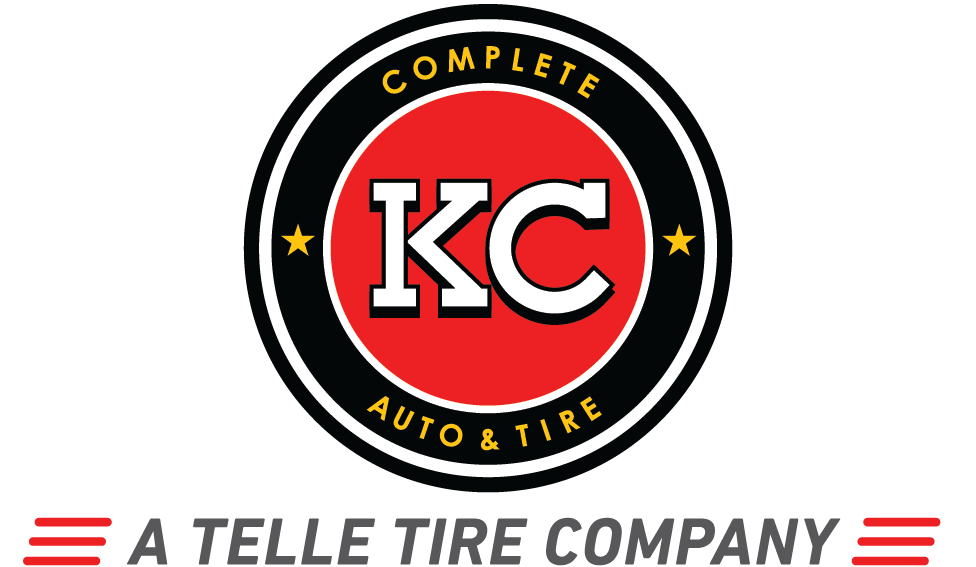5 Signs of Tire Wear To Watch For
Hitting the road for daily commutes, adventurous road trips, or routine errands, we often overlook a crucial aspect of vehicle safety: the condition of our tires. Proper tire maintenance and awareness of tire wear signs are paramount for road safety, as the tires are the only point of contact between your vehicle and the road. Your tires’ condition can significantly influence your car’s handling, braking, and overall performance. Let’s explore the five signs of tire wear you should watch for and the potential dangers of driving on worn-out tires.
Sign 1: Uneven Tread Wear
Tire wear isn’t just about aesthetics; it’s about safety. One of the first signs to look for is uneven tread wear. The tread on your tires is vital in maintaining traction and grip, especially in wet or slippery conditions. Tire wear patterns can often indicate specific problems, such as alignment or suspension issues in your vehicle. For instance, if you notice that the tread is wearing down more on one side of the tire than the other, it’s time to have your vehicle checked by a professional for realignment. Properly aligned tires not only improve safety but also extend the lifespan of your tires.
You may also have uneven tread wear patterns if you do not rotate your tires regularly or if your tires are under or overinflated.
Sign 2: Low Tread Depth
Tread depth is a critical factor in maintaining traction on the road. Adequate tread depth is crucial for both dry and wet road conditions. One common way to check tread depth is the “penny test.” Insert a penny into the tread groove with Lincoln’s head facing toward the center of the tire. If you can see the top of Lincoln’s head, it’s time to replace your tires. Alternatively, you can use a tread depth gauge to measure more accurately. Insufficient tread depth increases the risk of hydroplaning on wet roads and can lead to longer braking distances on dry roads.

Sign 3: Cracks and Dry Rot
Tire rubber is designed to be flexible, but exposure to UV rays, age, and infrequent use can cause it to become brittle and develop cracks over time. This phenomenon is known as dry rot. Cracks and dry rot weaken the tire’s structure and compromise its safety. Inspecting your tires regularly for signs of dry rot, especially in the sidewalls, is essential. Weather-worn tires are more susceptible to this issue. If you notice cracks or dry rot, replacing the affected tires as soon as possible is essential.

Sign 4: Bulges and Blisters
Bulges and blisters on your tires can indicate internal damage or manufacturing defects. These irregularities weaken the tire’s integrity and increase the risk of a blowout while driving. Typically located on the sidewalls, these bulges and blisters are easy to spot upon visual inspection. If you encounter such abnormalities, it’s crucial to replace the tire immediately to avoid potential hazards on the road. Regular visual checks of your tires can help you catch these signs early and prevent accidents.

Sign 5: Excessive Vibration and Noise
Worn-out tires can contribute to increased vibration and road noise while driving. Excessive vibration is uncomfortable and can worsen misalignment issues and put extra stress on the tires, exacerbating wear. If you’re experiencing unusual levels of vibration and noise while driving, getting your tires and vehicle checked for proper alignment and balance is recommended.
The Dangers of Driving on Worn Tires
Driving on worn tires is a risk not worth taking. Decreased traction, longer braking distances, hydroplaning, and an increased risk of blowouts are just a few of the dangers associated with worn-out tires. Your safety and the safety of others on the road depend on the condition of your tires. Regular tire inspection and maintenance are crucial to mitigate these risks. If you need to change a tire, knowing how to do so safely can be invaluable.
Know When to Replace Tires
So, how do you know when to replace your tires? Several factors come into play. Proper tread depth is a significant consideration. The penny test and wear bars are simple ways to assess tread depth and determine if replacement is needed. Additionally, visible signs of wear, cracks, bulges, and blisters indicate it’s time for new tires. Consider the age of your tires and manufacturer recommendations as well. A well-maintained set of tires ensures your safety on the road.
Drive Safe with New Tires from Telle Tire
Staying proactive and vigilant about monitoring tire wear is essential for your safety and your vehicle’s performance. Knowing the warning signs and not ignoring them can help keep you and others safe on the road. If it’s time for new tires or you require routine maintenance and inspection, Telle Tire is here to help. Our experts are ready to assist you in maintaining healthy tire conditions and ensuring your safety. Remember, well-maintained tires not only enhance your driving experience but also contribute to the safety of everyone on the road.
For more information or assistance, visit a nearby Telle Tire location or contact us today.


